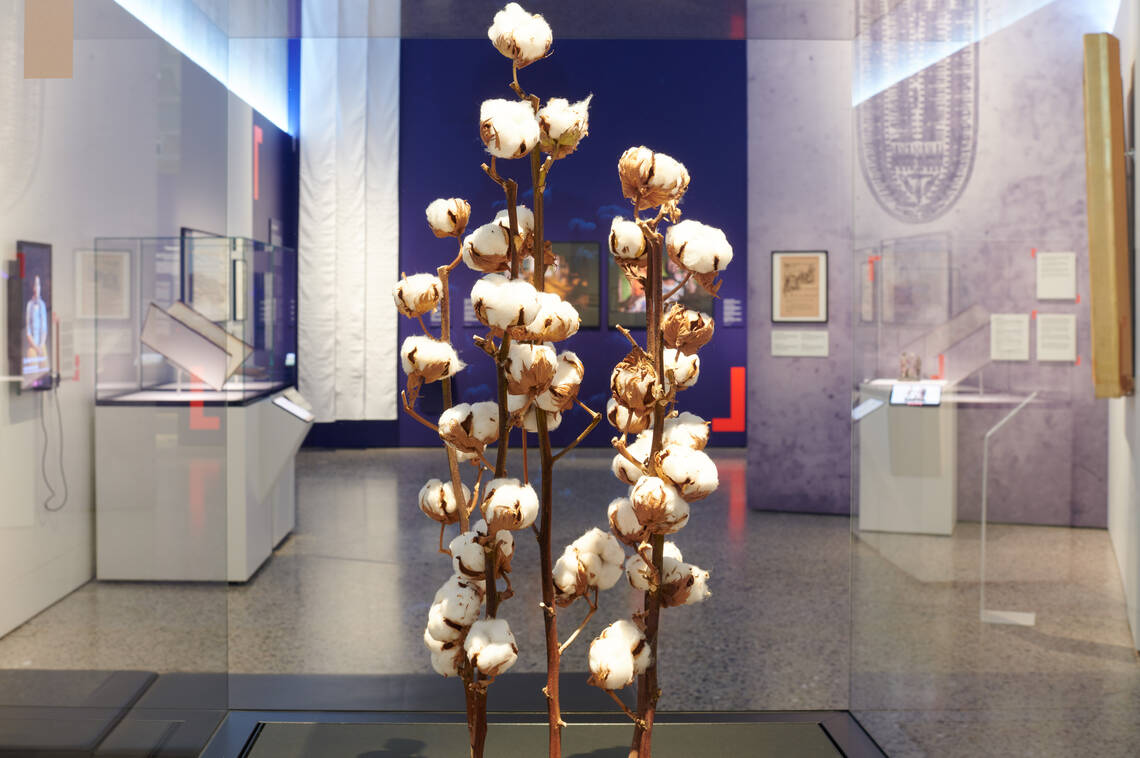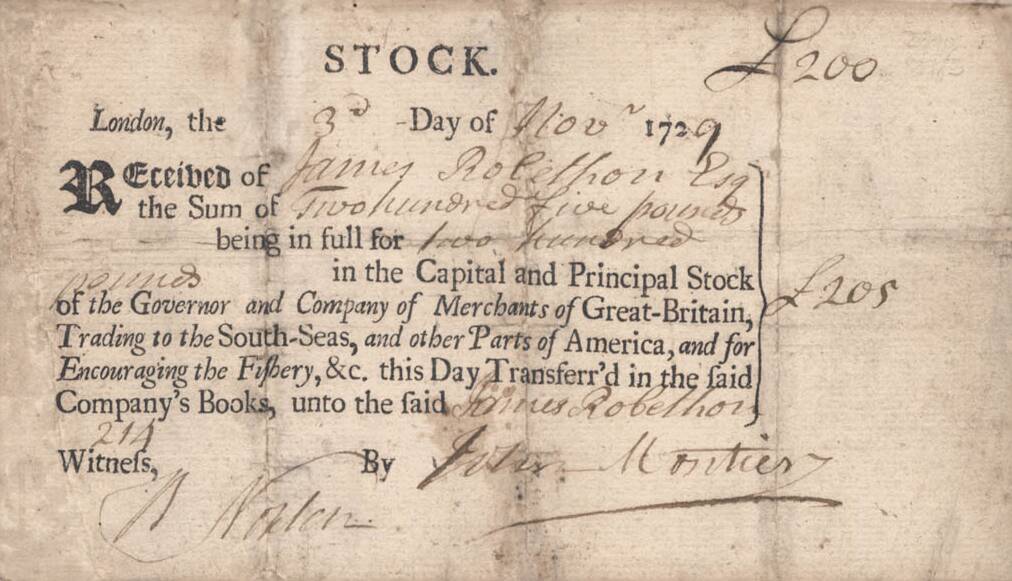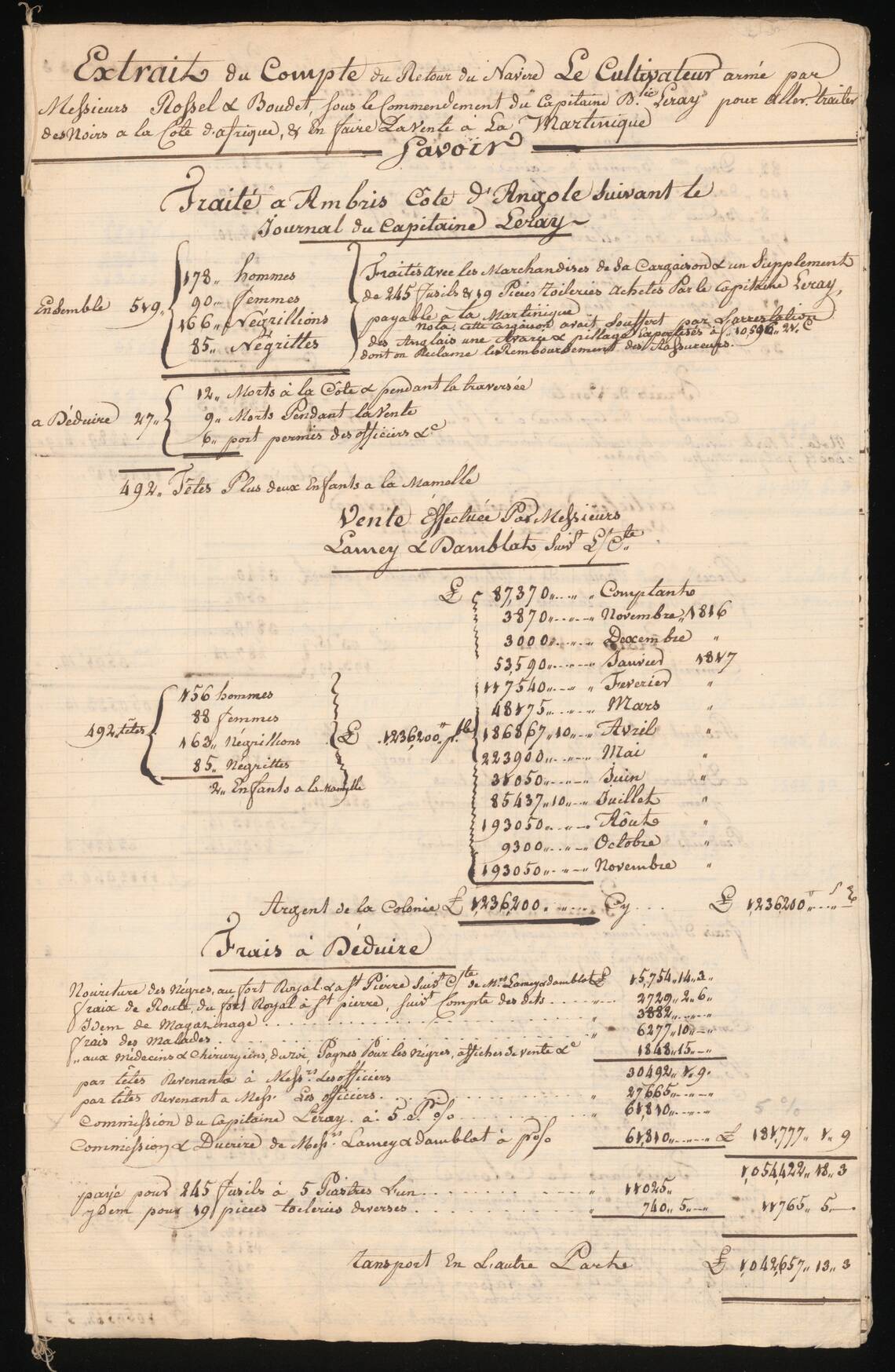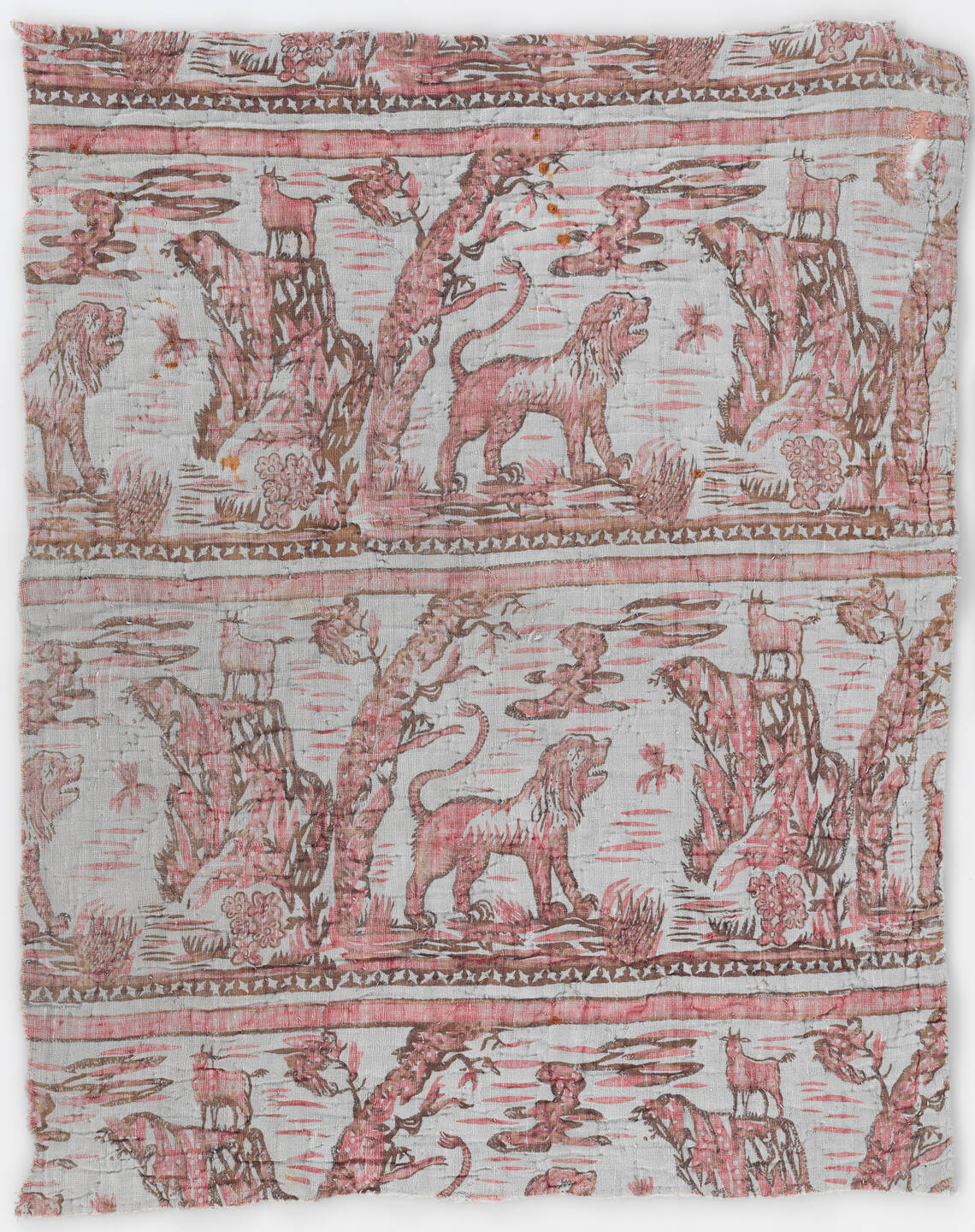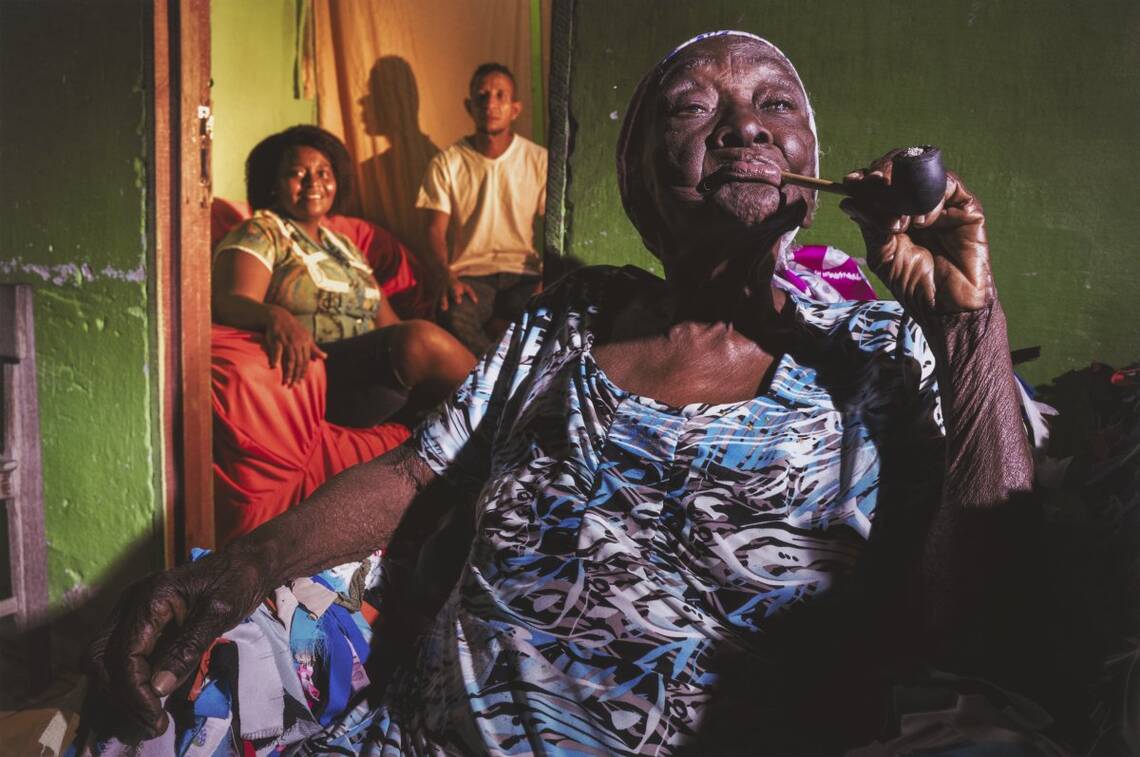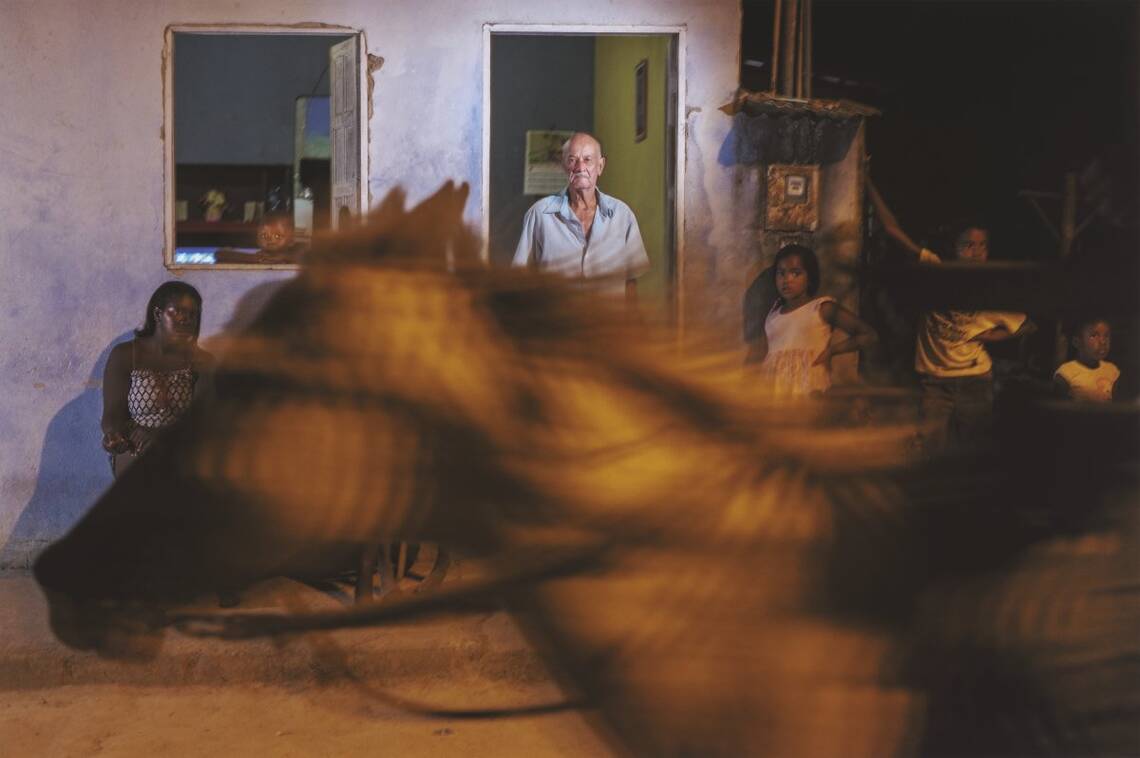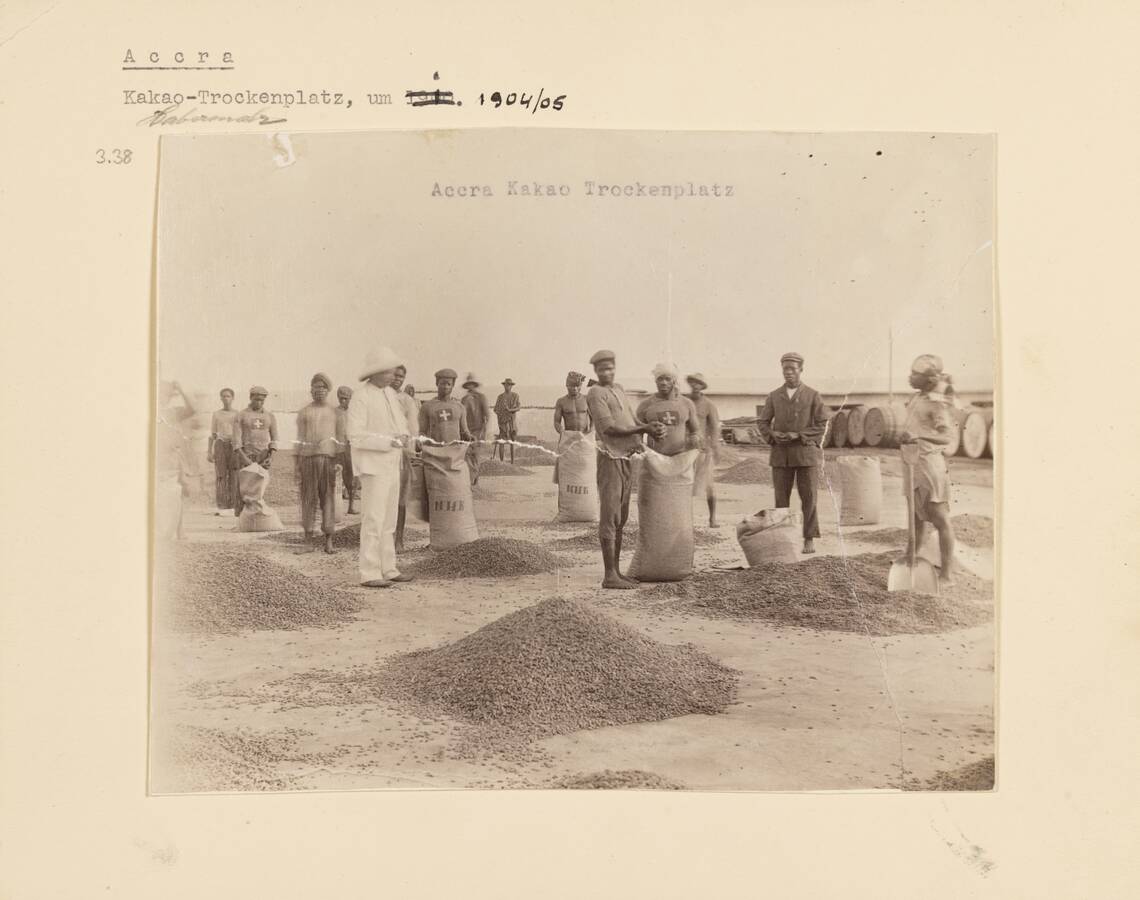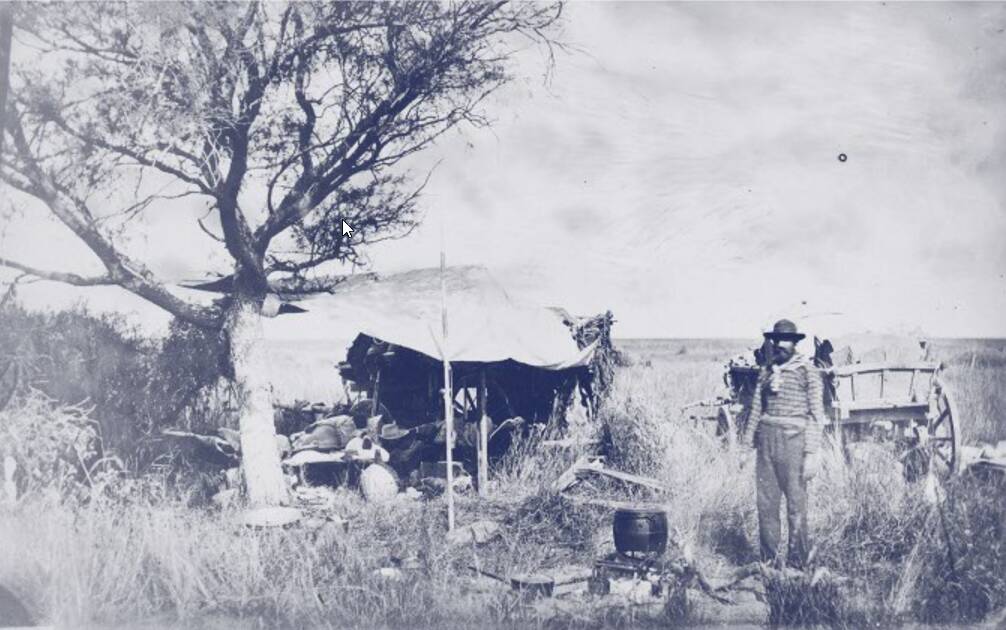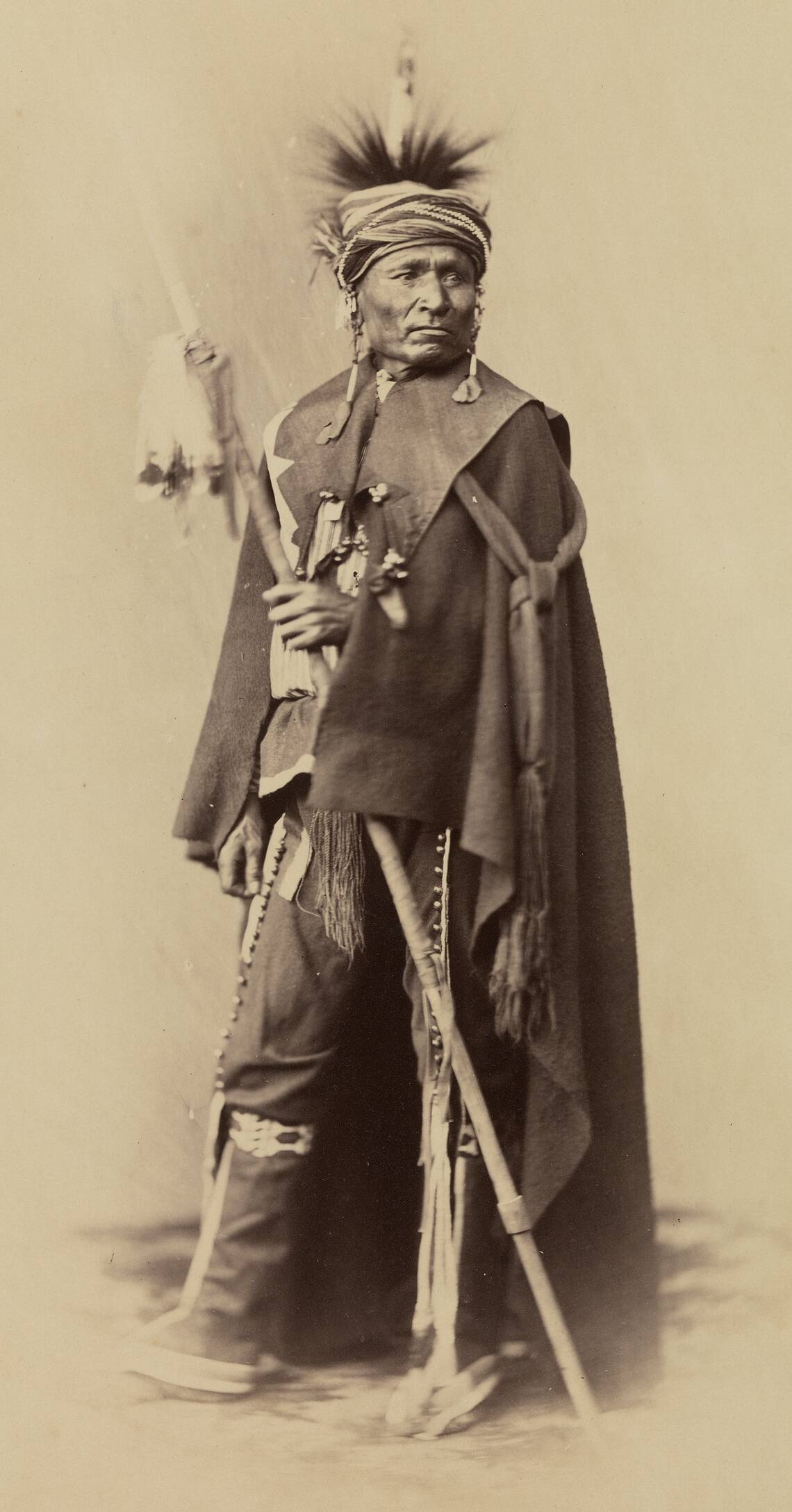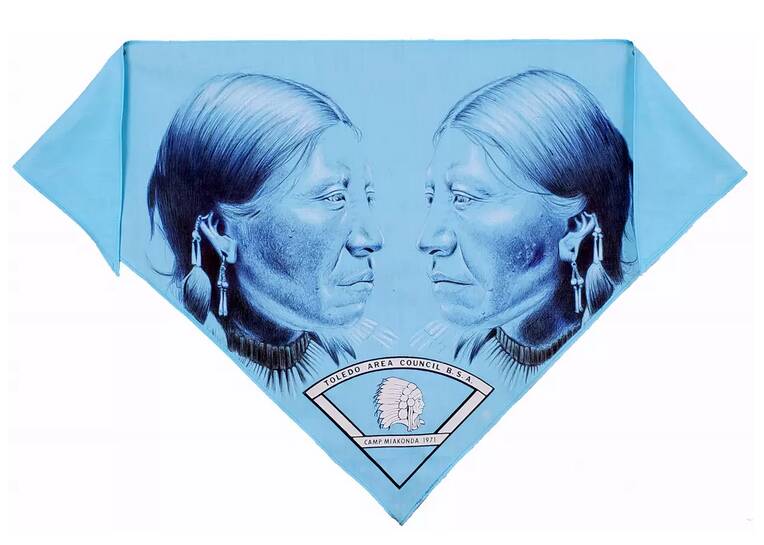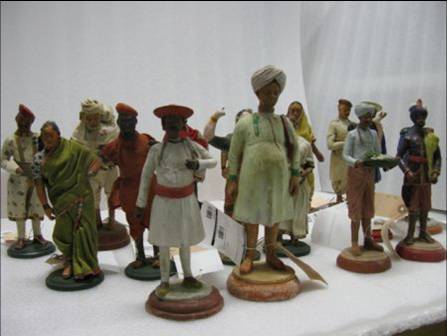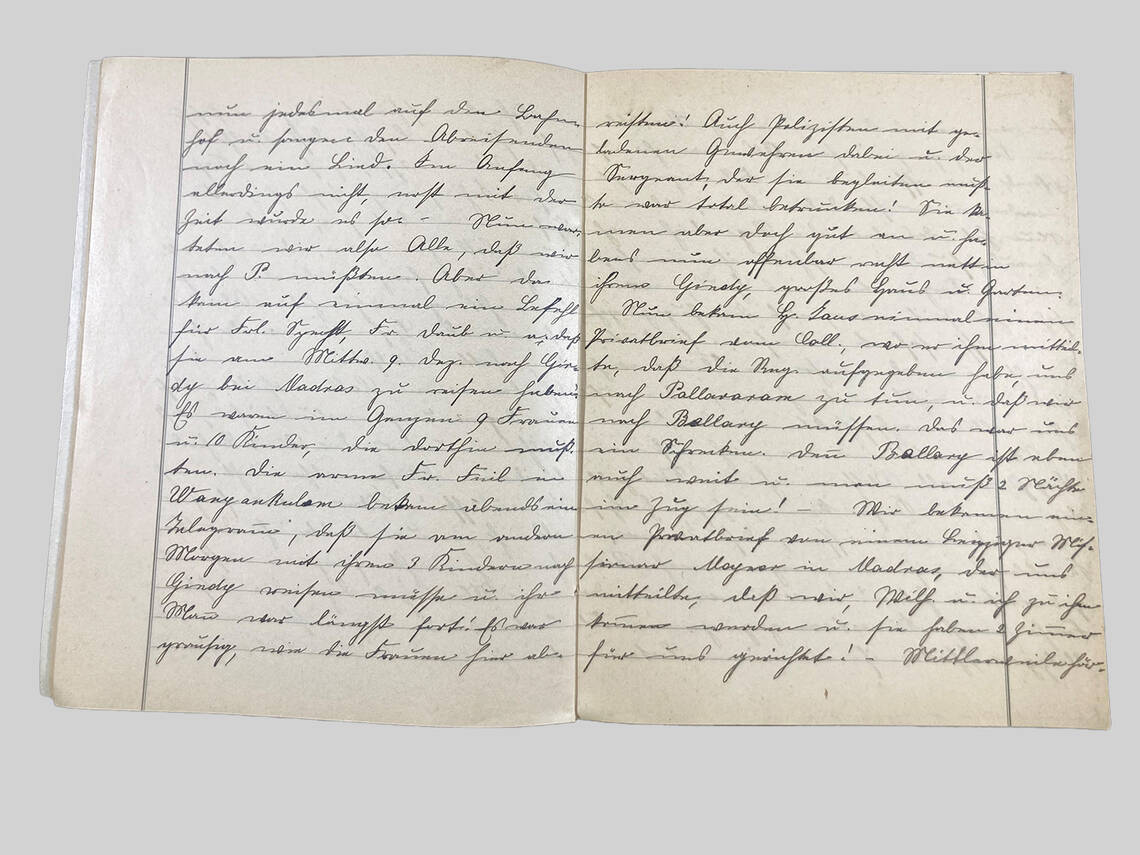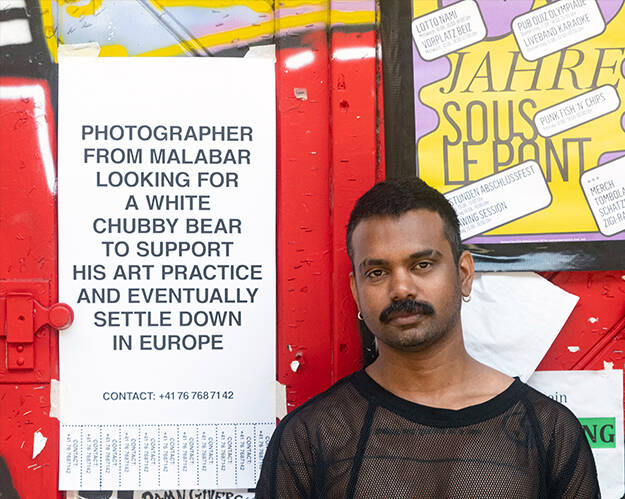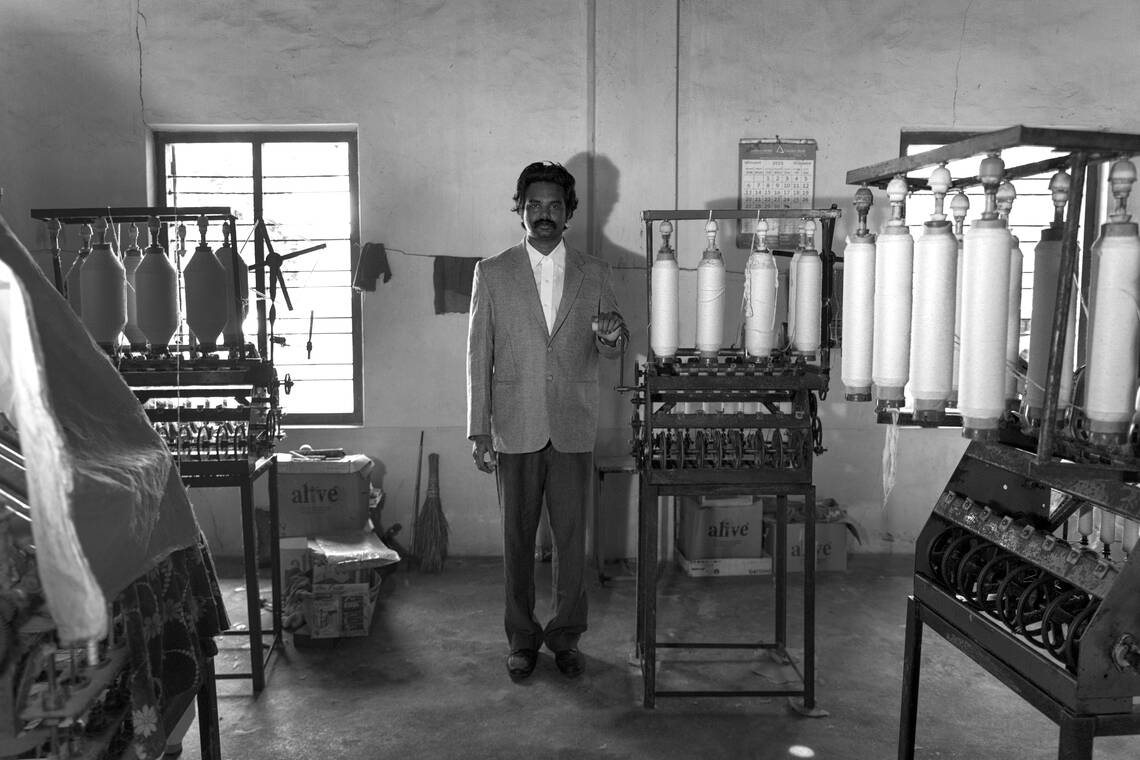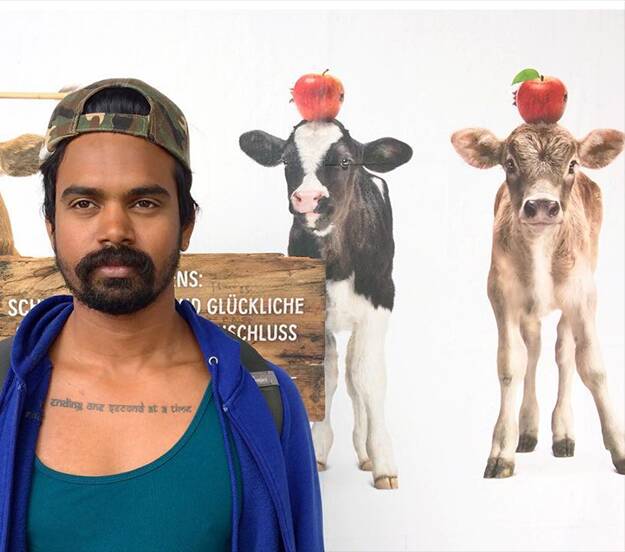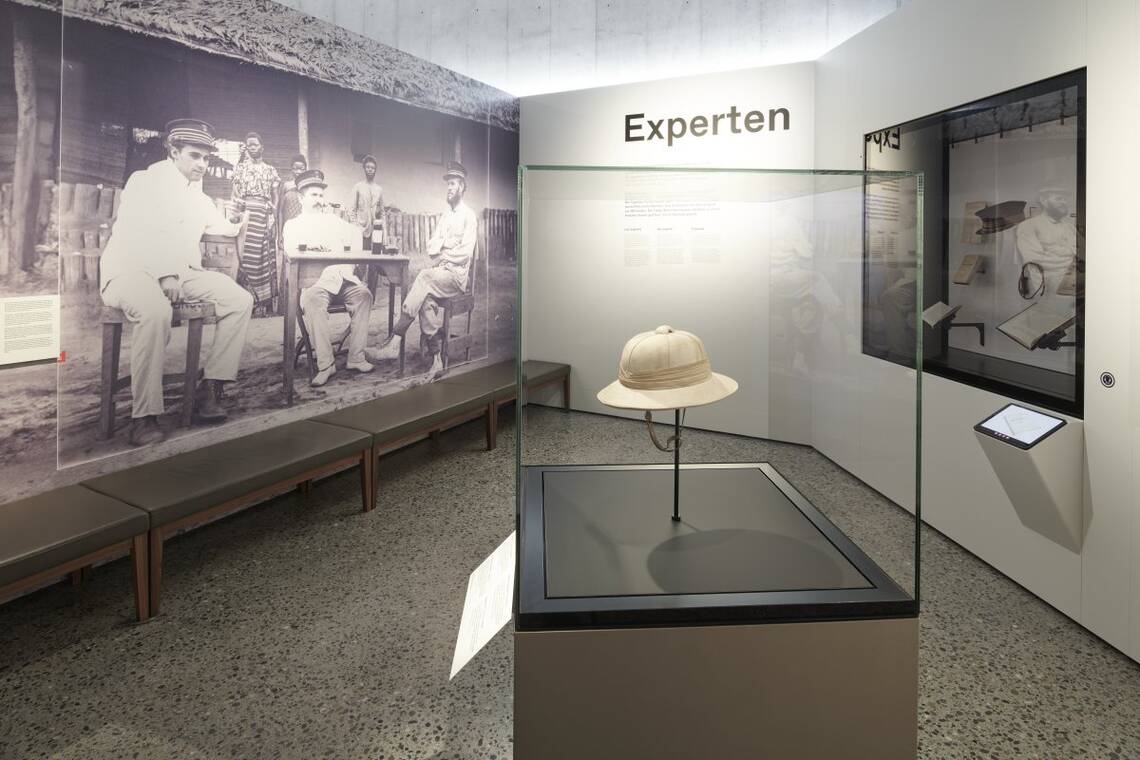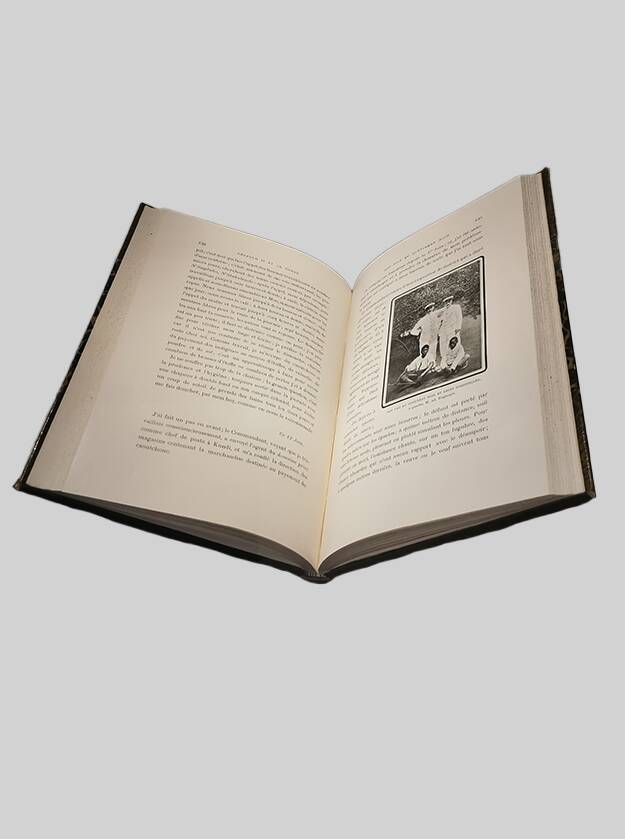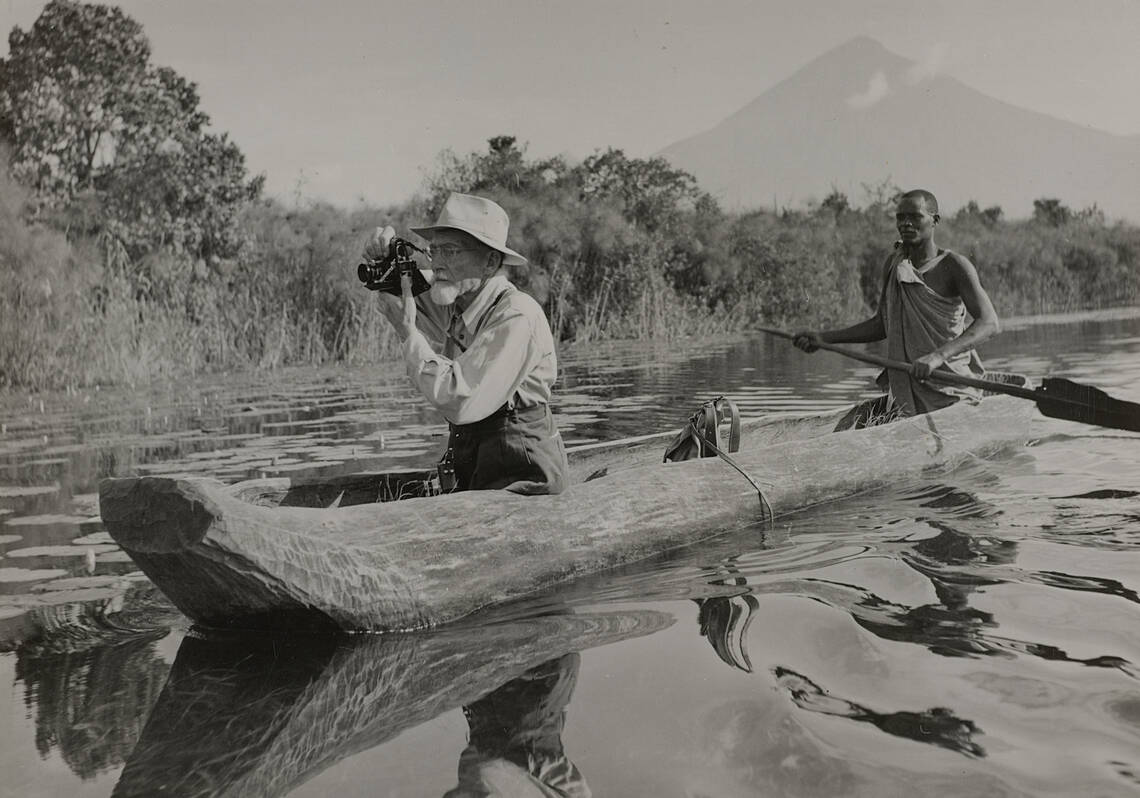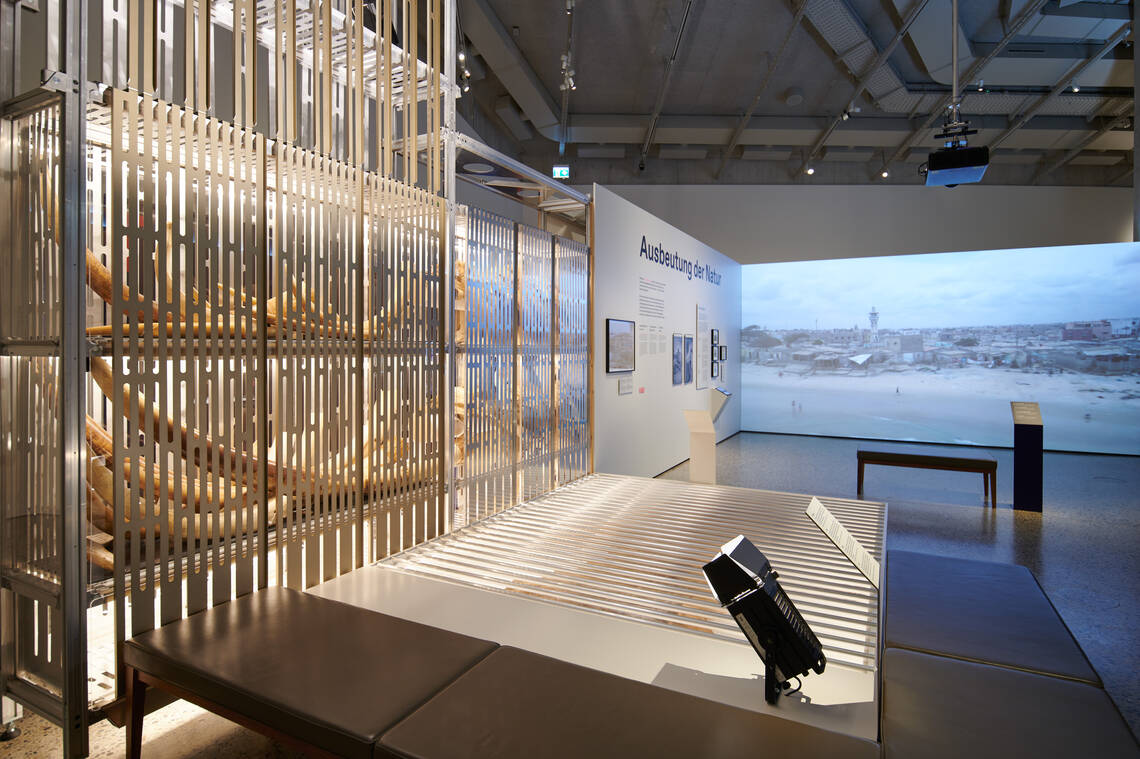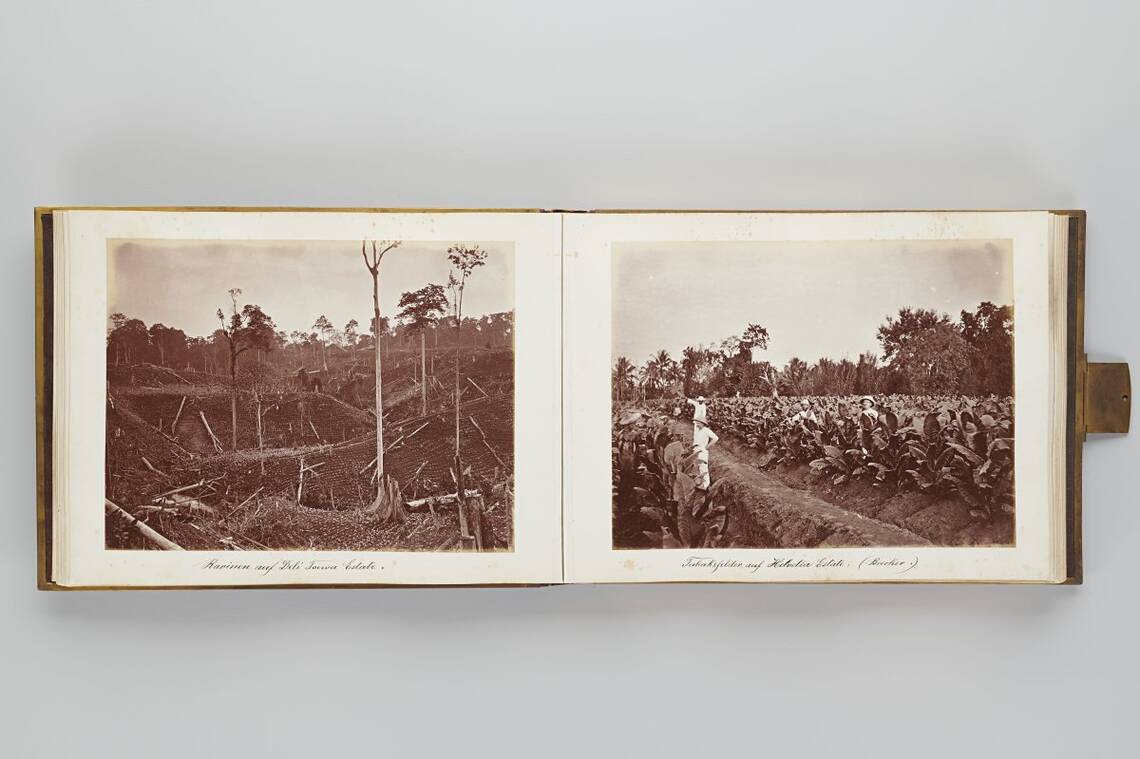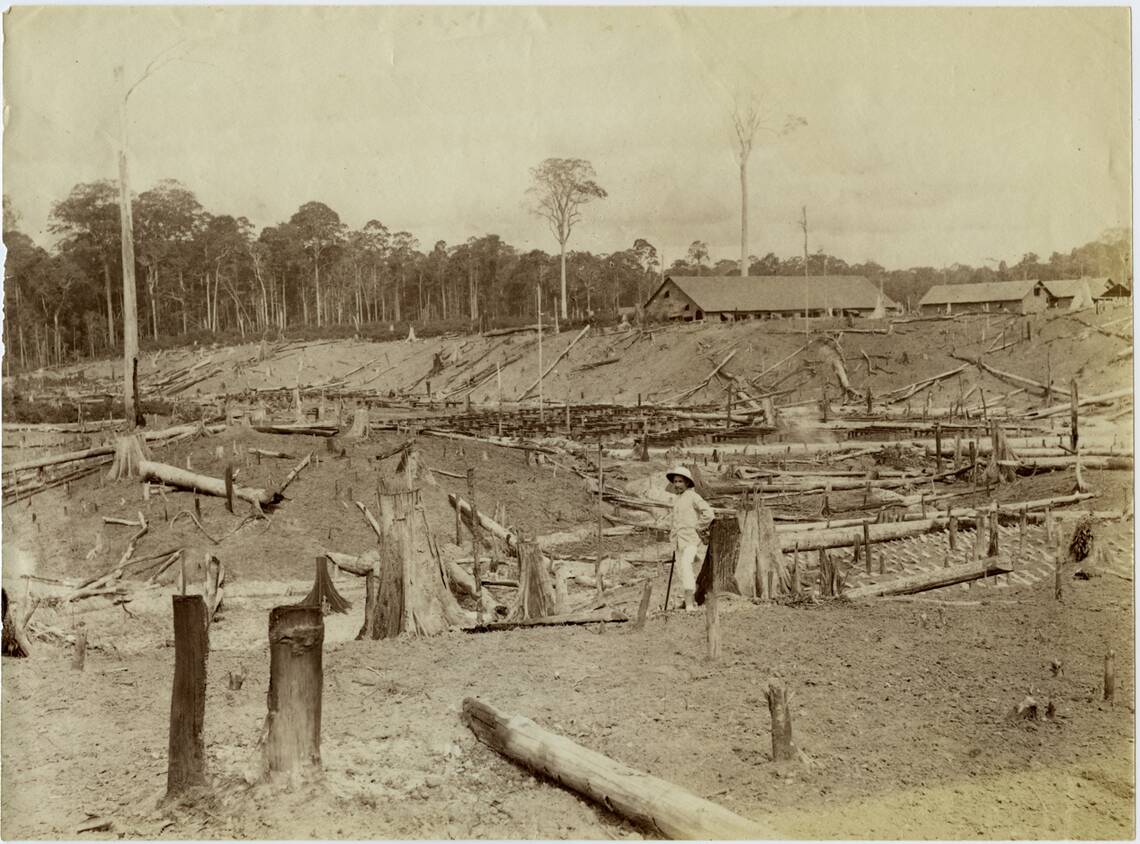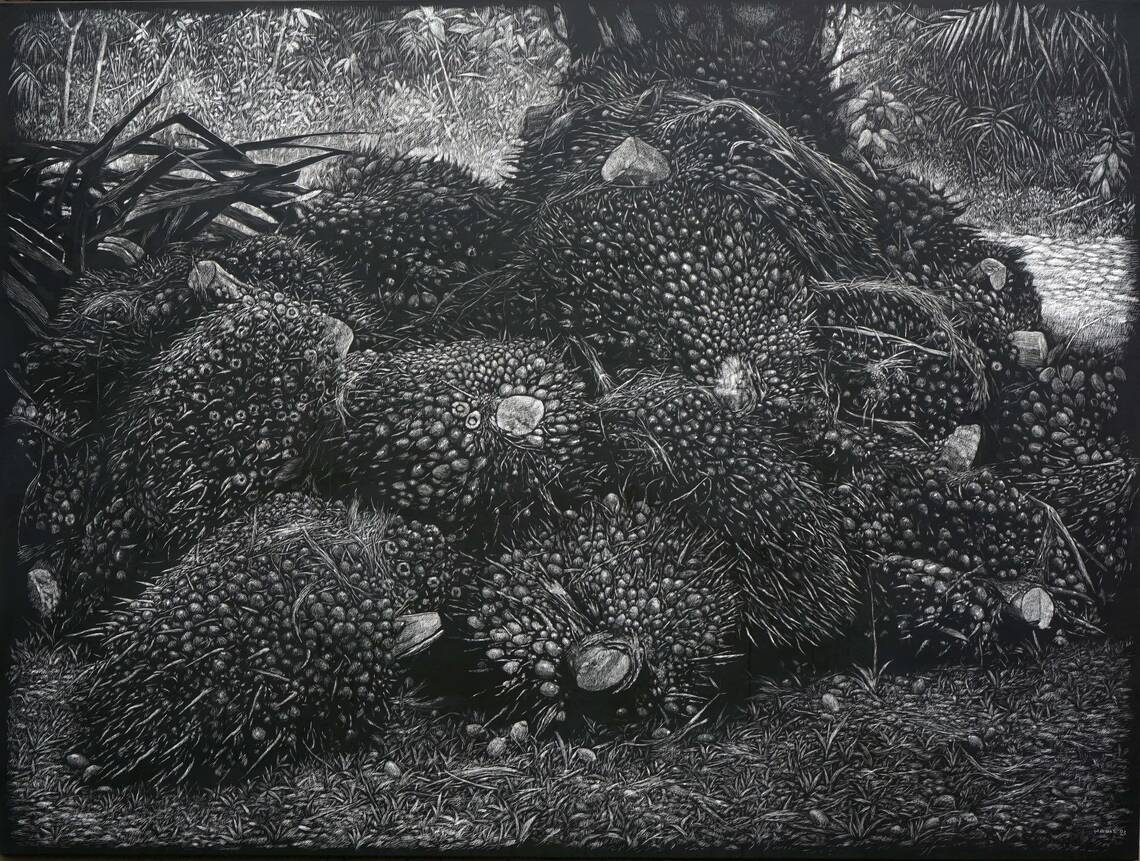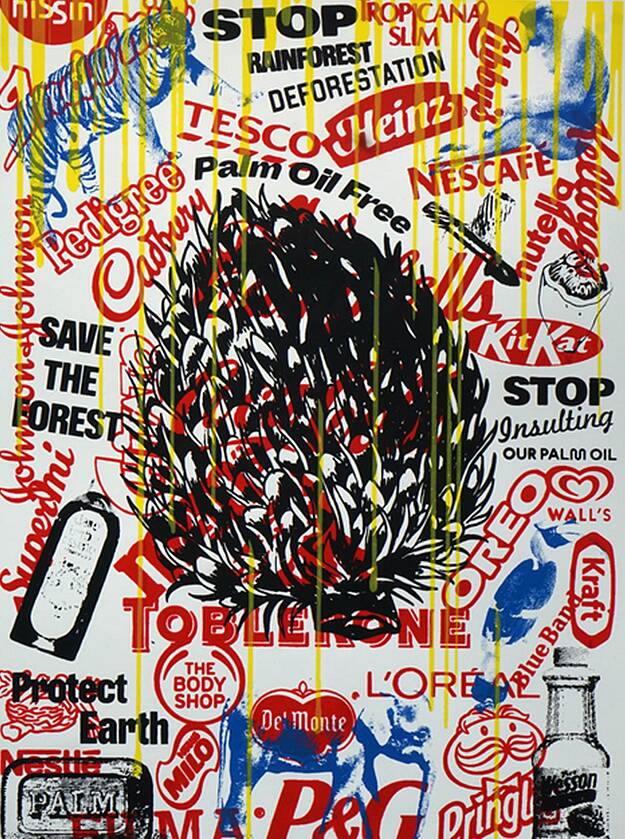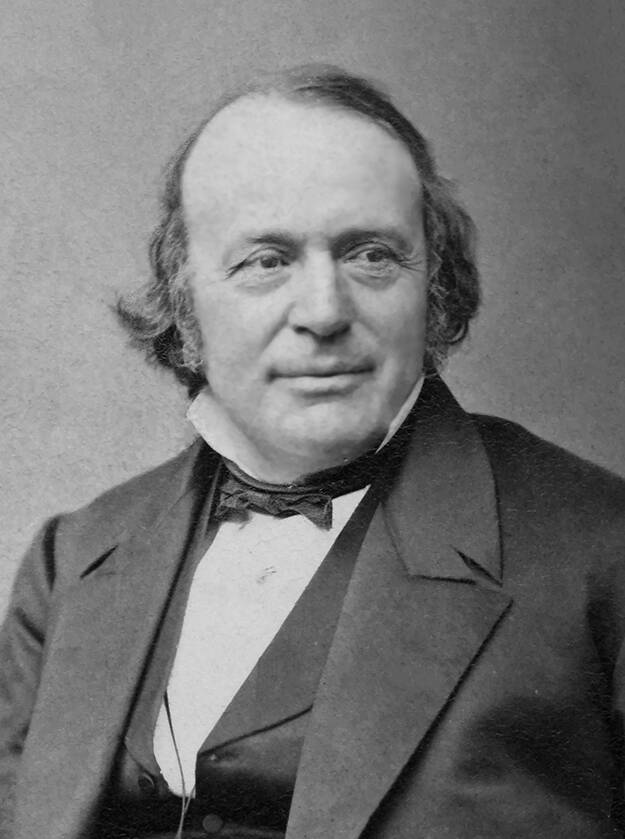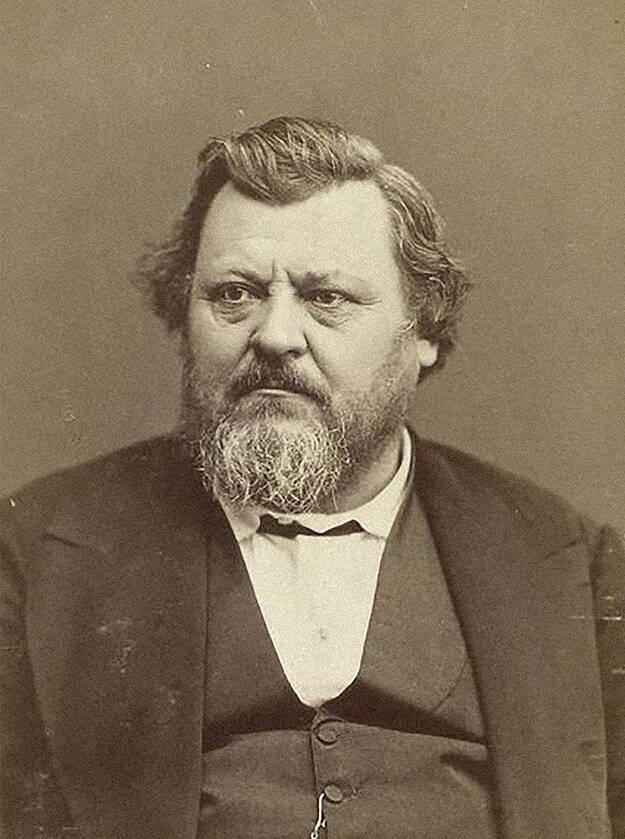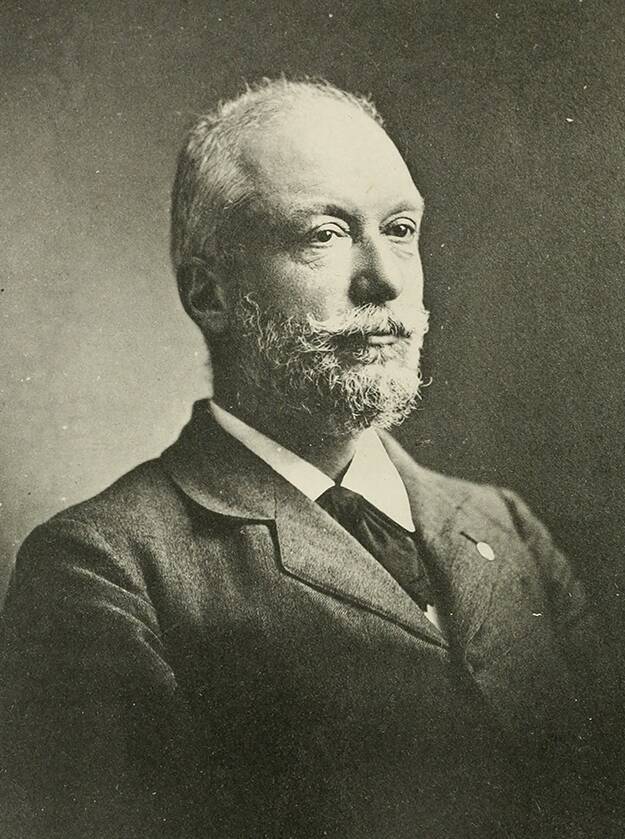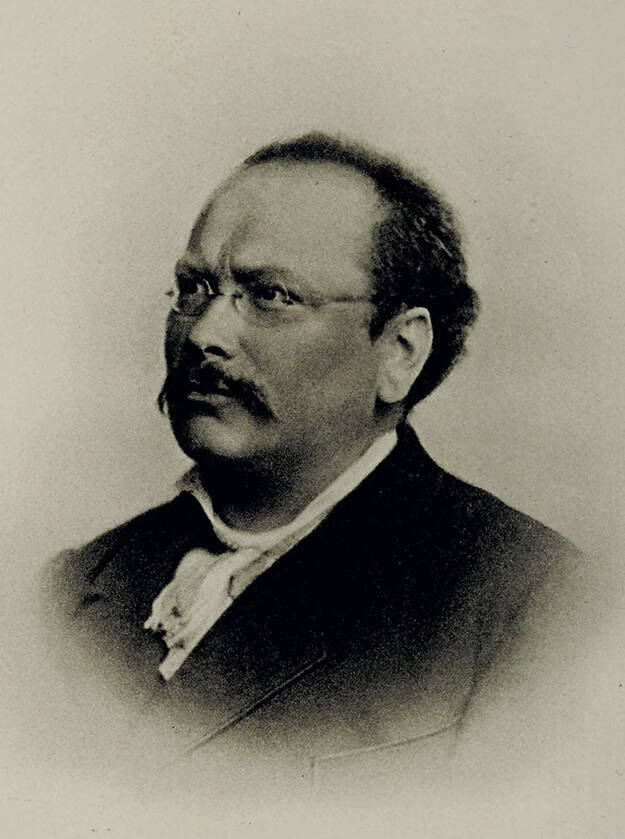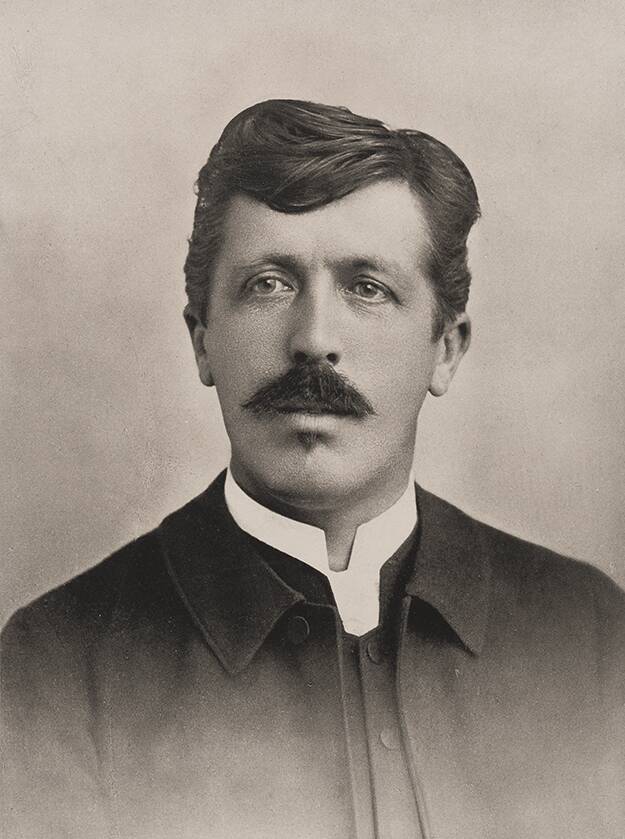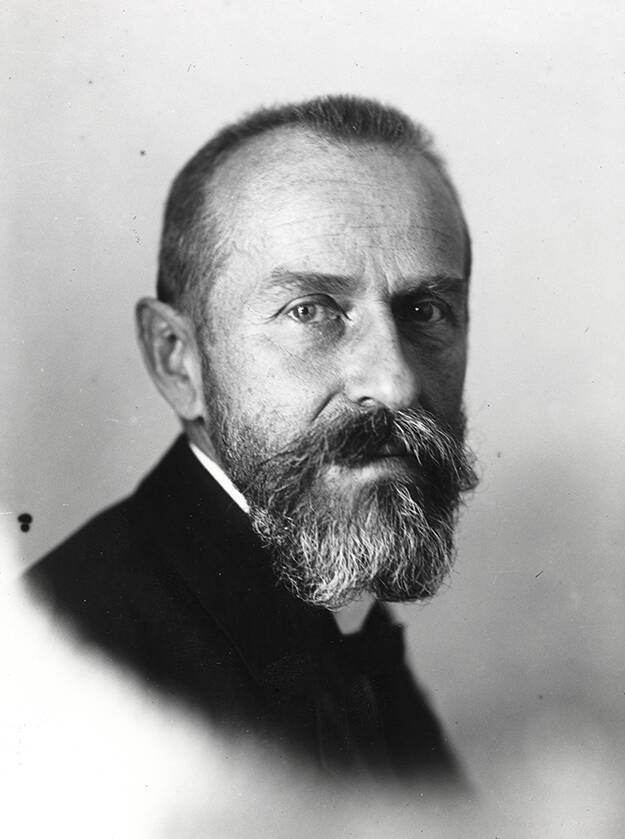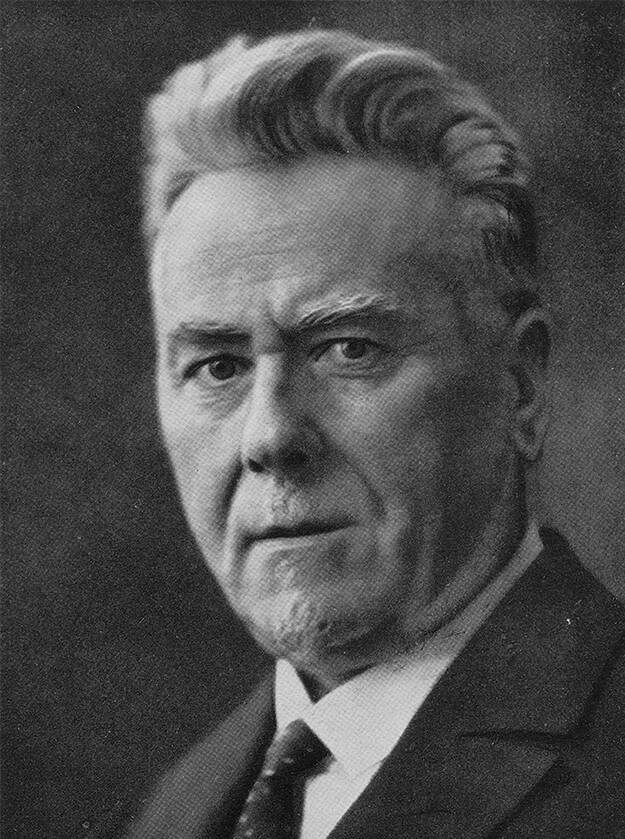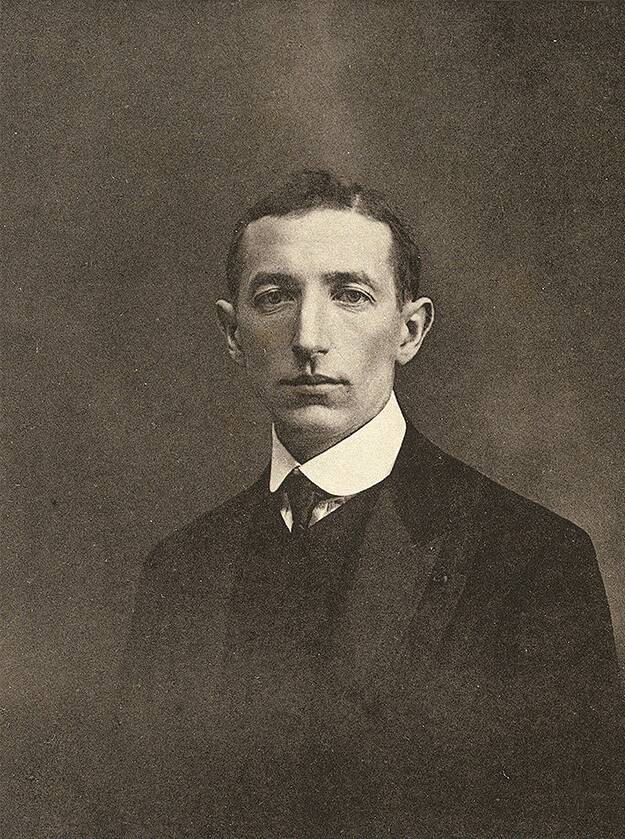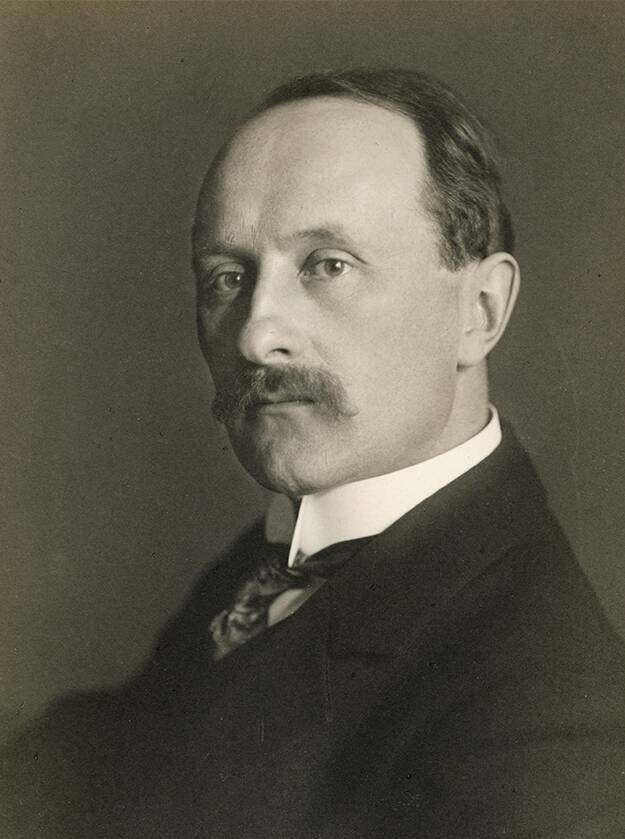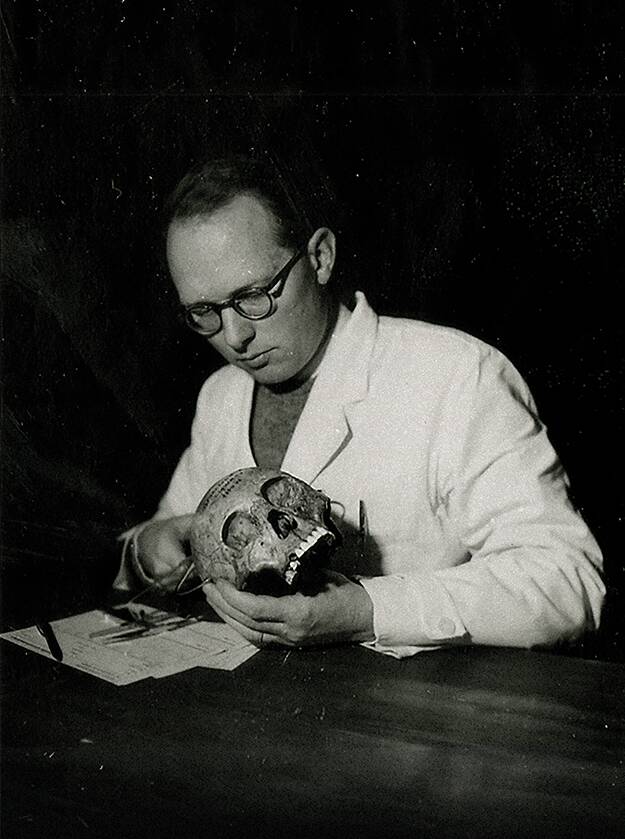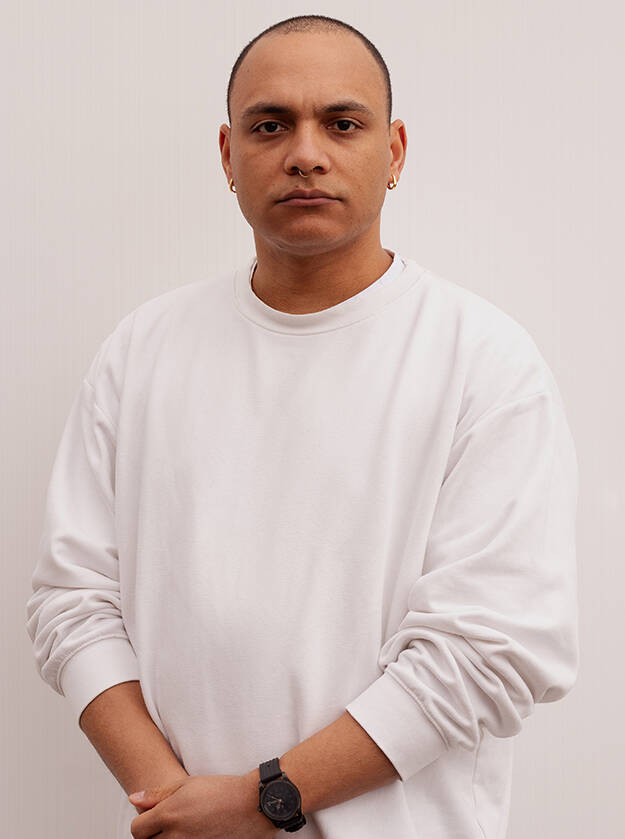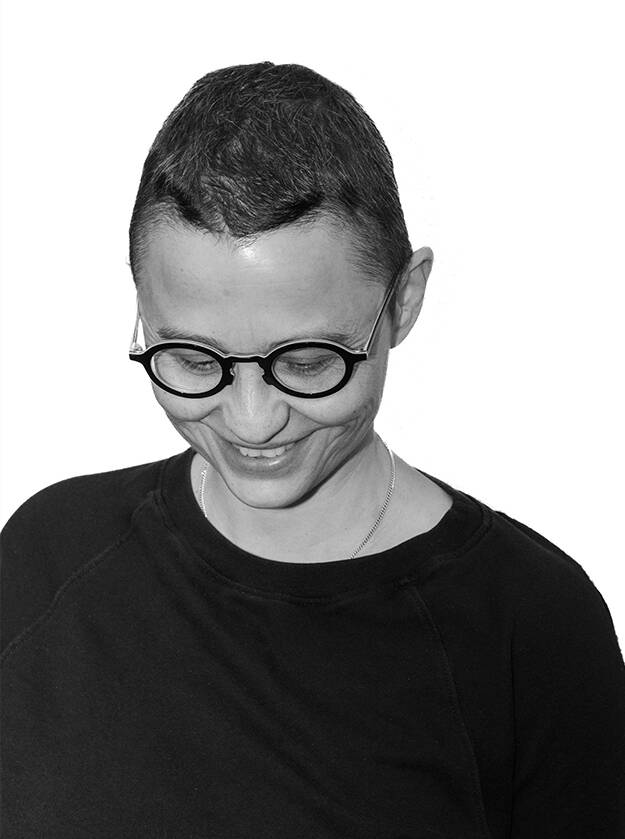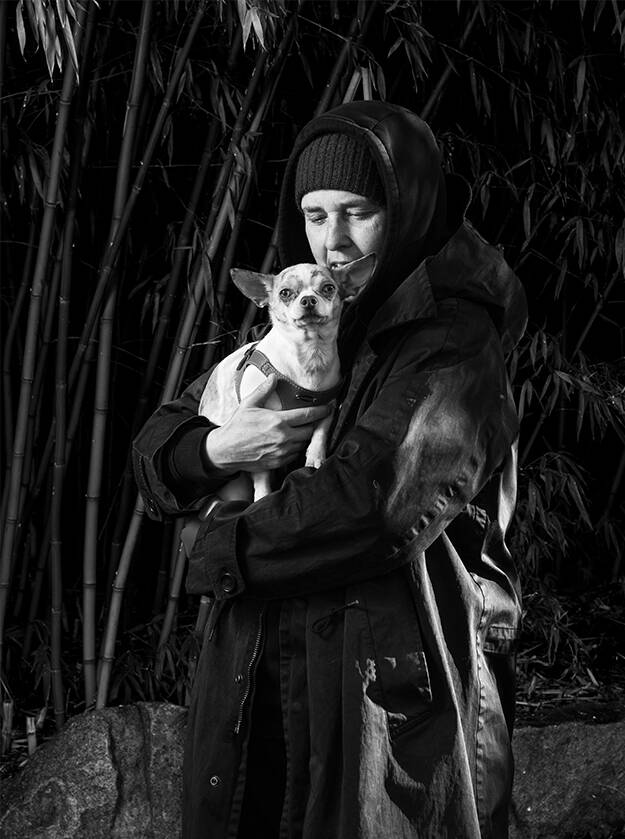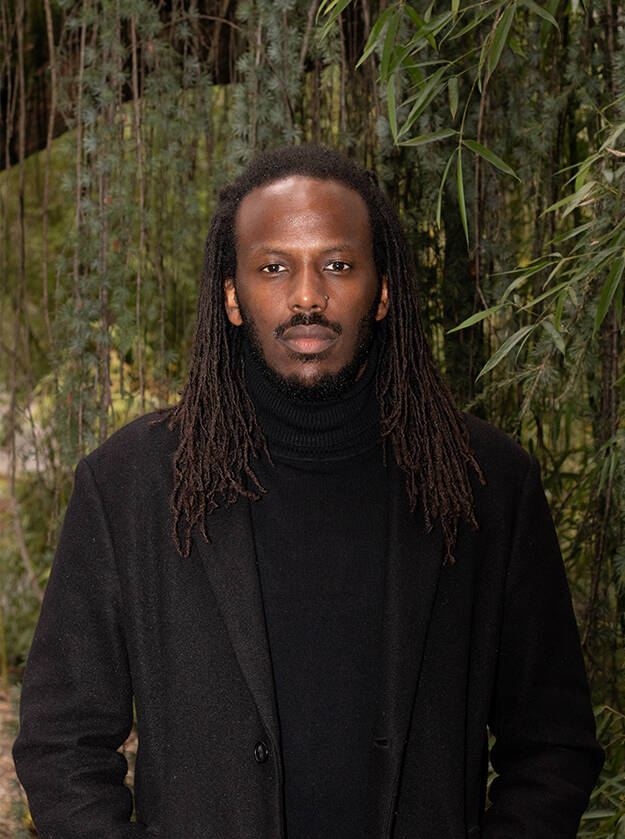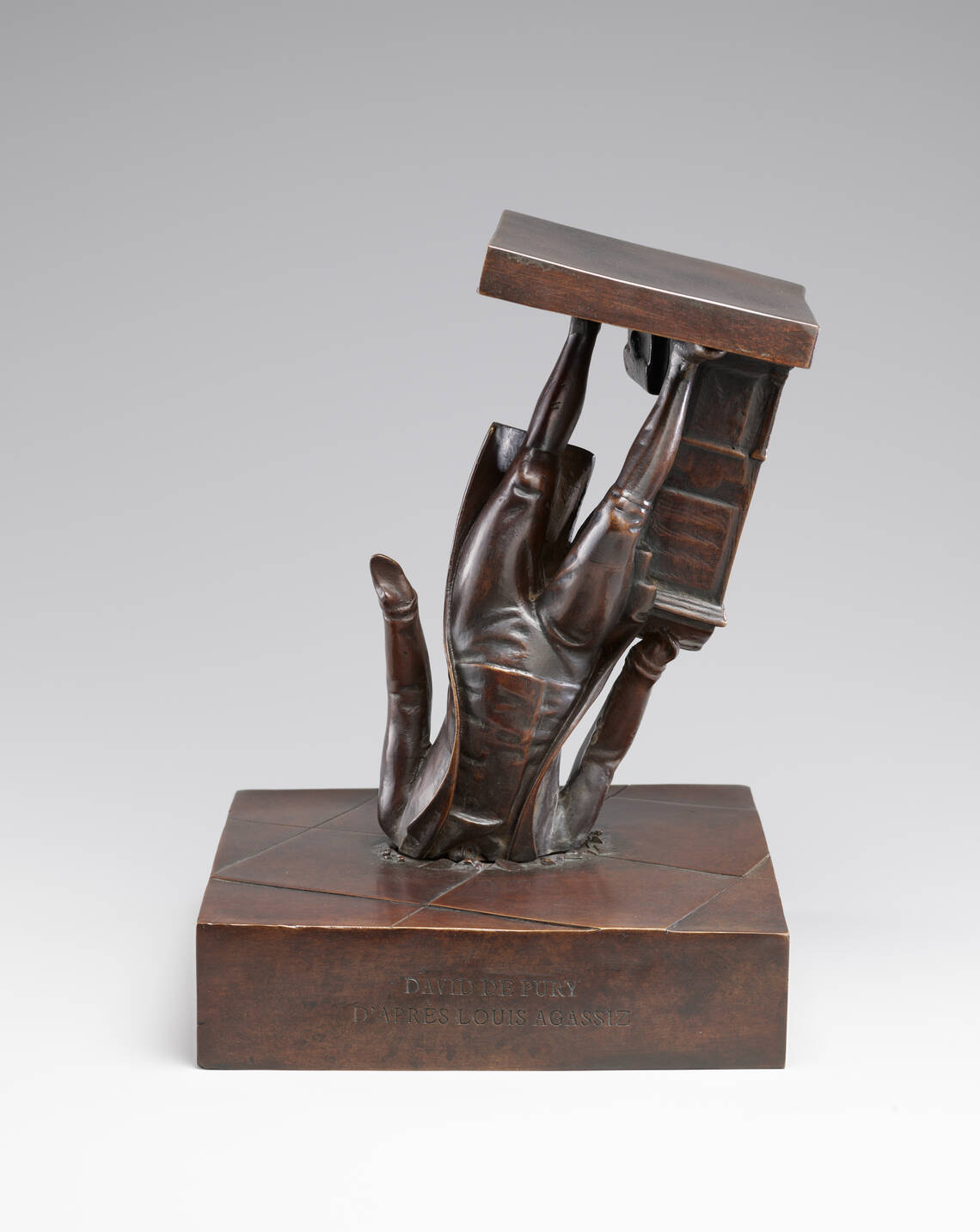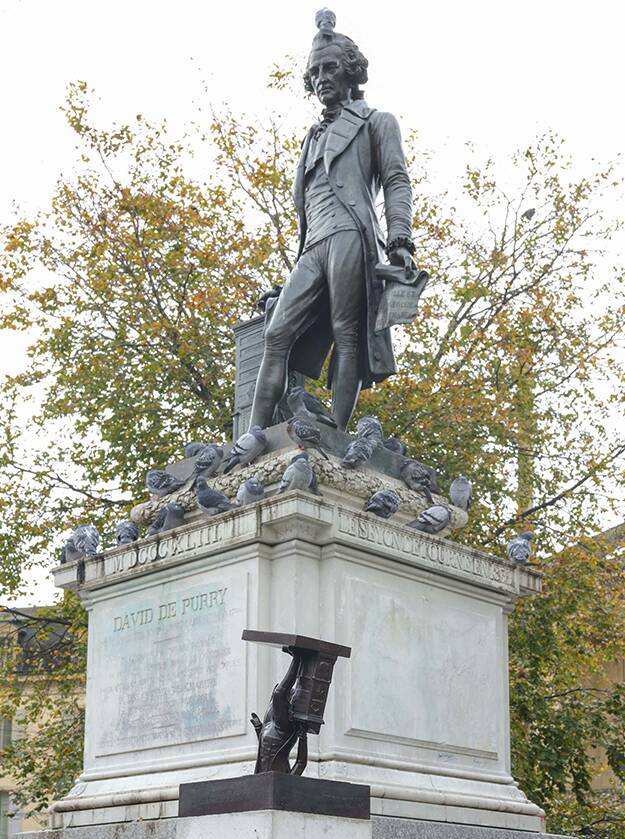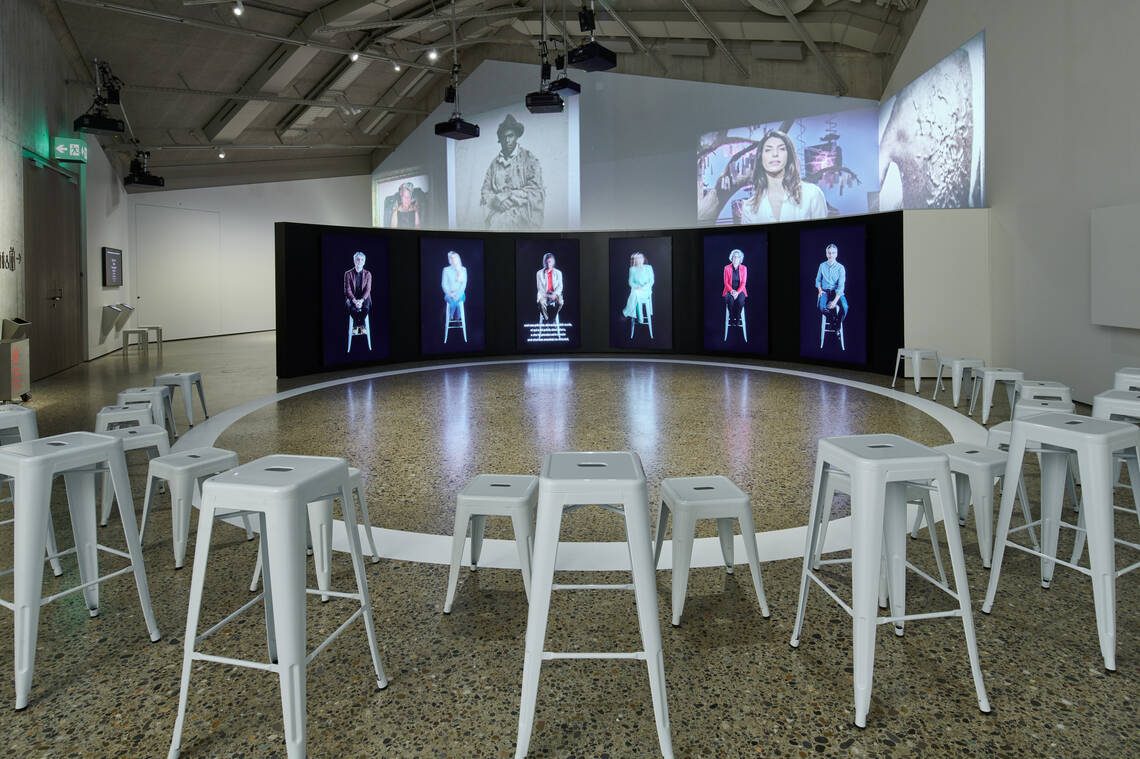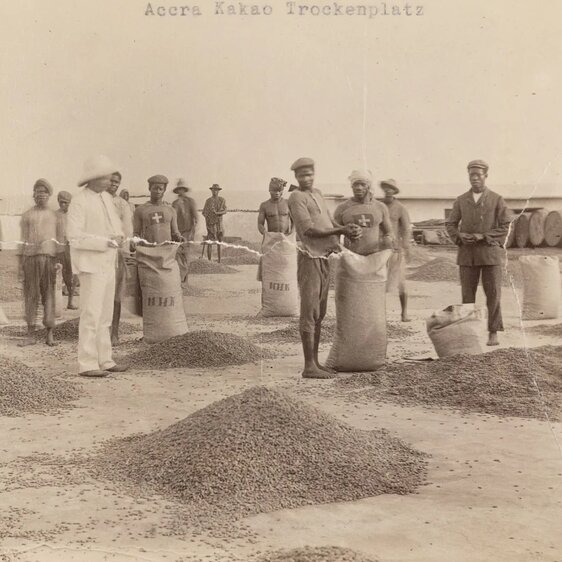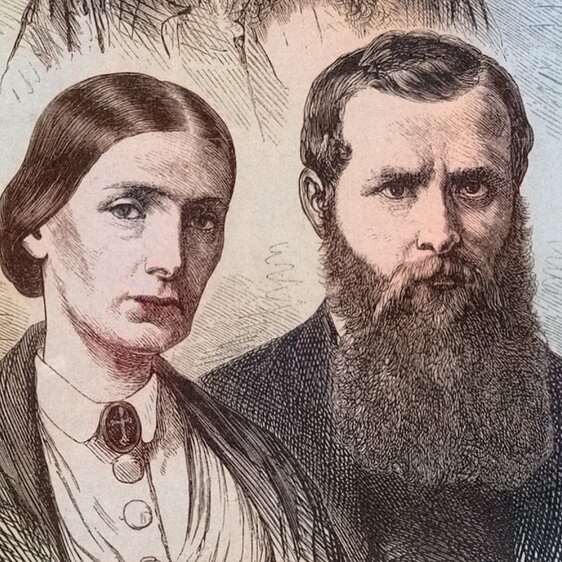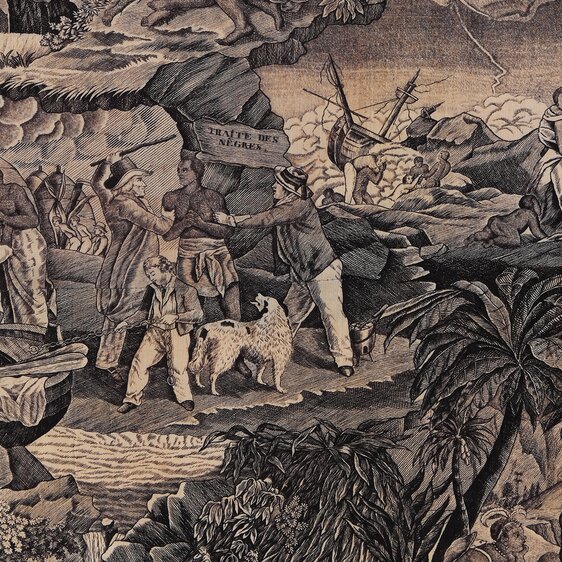-
22.12.2025 10:00 - 17:00
Mo, 22.12.2025
10:00 - 17:00
-
23.12.2025 10:00 - 17:00
Tu, 23.12.2025
10:00 - 17:00
-
Christmas Eve 24.12.2025 10:00 - 14:00
We, 24.12.2025
10:00 - 14:00, Christmas Eve
-
Christmas 25.12.2025 10:00 - 17:00
Th, 25.12.2025
10:00 - 17:00, Christmas
-
St. Stephen´s Day 26.12.2025 10:00 - 17:00
Fr, 26.12.2025
10:00 - 17:00, St. Stephen´s Day
-
27.12.2025 10:00 - 17:00
Sa, 27.12.2025
10:00 - 17:00
-
28.12.2025 10:00 - 17:00
Su, 28.12.2025
10:00 - 17:00
-
29.12.2025 10:00 - 17:00
Mo, 29.12.2025
10:00 - 17:00
-
30.12.2025 10:00 - 17:00
Tu, 30.12.2025
10:00 - 17:00
-
New Year´s Eve 31.12.2025 10:00 - 17:00
We, 31.12.2025
10:00 - 17:00, New Year´s Eve
-
New Year´s Day 01.01.2026 10:00 - 17:00
Th, 1.1.2026
10:00 - 17:00, New Year´s Day
-
Saint Berchtold 02.01.2026 10:00 - 17:00
Fr, 2.1.2026
10:00 - 17:00, Saint Berchtold
-
Good Friday 03.04.2026 10:00 - 17:00
Fr, 3.4.2026
10:00 - 17:00, Good Friday
-
Kars Saturday 04.04.2026 10:00 - 17:00
Sa, 4.4.2026
10:00 - 17:00, Kars Saturday
-
Easter 05.04.2026 10:00 - 17:00
Su, 5.4.2026
10:00 - 17:00, Easter
-
Easter Monday 06.04.2026 10:00 - 17:00
Mo, 6.4.2026
10:00 - 17:00, Easter Monday
-
Sechseläuten 20.04.2026 closed
Mo, 20.4.2026
closed, Sechseläuten
-
Labour Day 01.05.2026 10:00 - 17:00
Fr, 1.5.2026
10:00 - 17:00, Labour Day
-
Ascension Day 14.05.2026 10:00 - 17:00
Th, 14.5.2026
10:00 - 17:00, Ascension Day
-
Whitsun 24.05.2026 10:00 - 17:00
Su, 24.5.2026
10:00 - 17:00, Whitsun
-
Whit Monday 25.05.2026 10:00 - 17:00
Mo, 25.5.2026
10:00 - 17:00, Whit Monday
-
Swiss National Holiday 01.08.2026 10:00 - 17:00
Sa, 1.8.2026
10:00 - 17:00, Swiss National Holiday

